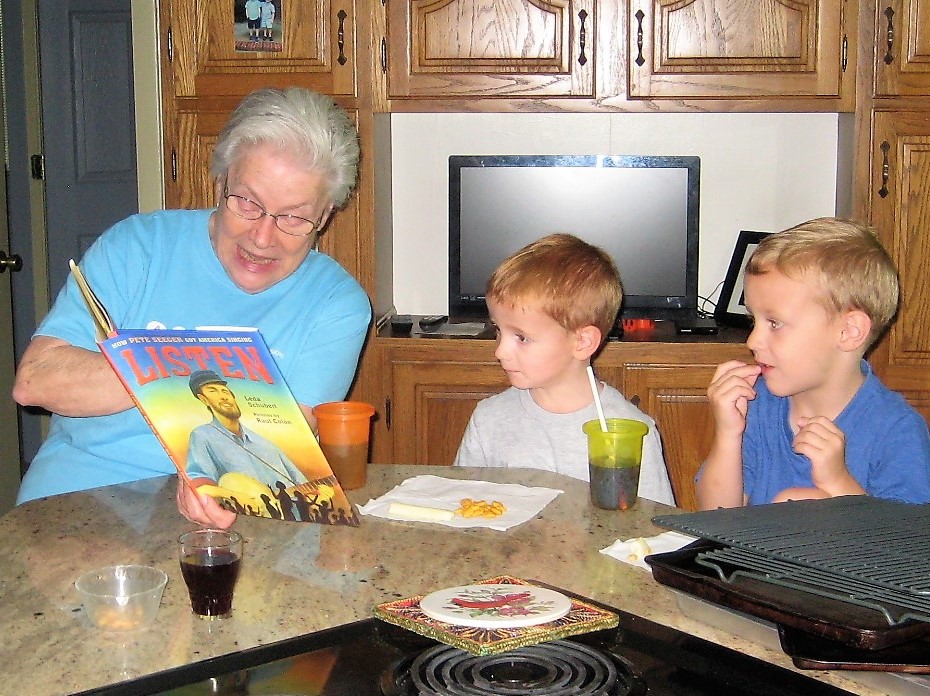 Our tour guide pointed out the small meandering stream as we looked down. “Over eons of time,” he said, “this carved out the Grand Canyon.” My schoolteacher mind immediately traveled to a lesson on persistence.
Our tour guide pointed out the small meandering stream as we looked down. “Over eons of time,” he said, “this carved out the Grand Canyon.” My schoolteacher mind immediately traveled to a lesson on persistence.
Well-known writers at conferences seem to compete to claim the highest number of rejections or the most discouraging route to publication, insisting that writers should never give up. But hanging in there and carrying on is not limited to writers. A musician hits many sour notes before much practice produces a soul-stirring concert. Late nights, hard work, and discouraging times precede success for a small business owner. Becoming an athlete requires hours and hours of physical training. Even Edison failed often before that light bulb finally came on.
Last Thursday, the lesson came back to me. At 8:47 AM, an email requested a full manuscript – not exactly an acceptance, but hope that one will follow when the proposed writing has been completed and submitted. At 2:57 PM, a rejection on a different project included words like “charming historical middle grade premise . . . beautiful writing . . . warm-hearted and introspective prose” and then went on to tell what added this email to my stack of rejection letters.
So what is this writer with a lesson from a small stream to do? I hardly knew whether to laugh or cry.
I held an abbreviated Rejection Pity Party for the second manuscript (just long enough to  eat the chocolate I serve myself on such occasions). Then I pulled out my folders and began organizing a rewrite of the first manuscript to give it the highest possibility of acceptance.
eat the chocolate I serve myself on such occasions). Then I pulled out my folders and began organizing a rewrite of the first manuscript to give it the highest possibility of acceptance.
Should this rewrite result in another rejection, this small stream will flow on – right after the Rejection Pity Party chocolate – carrying the sand and gravel in the form of regular blogs and a few magazine articles here and there.
For my readers with their own brooks of dreams, I wish you persistence followed by success and lots of chocolate in the pauses between times when you need to throw a pity party.































